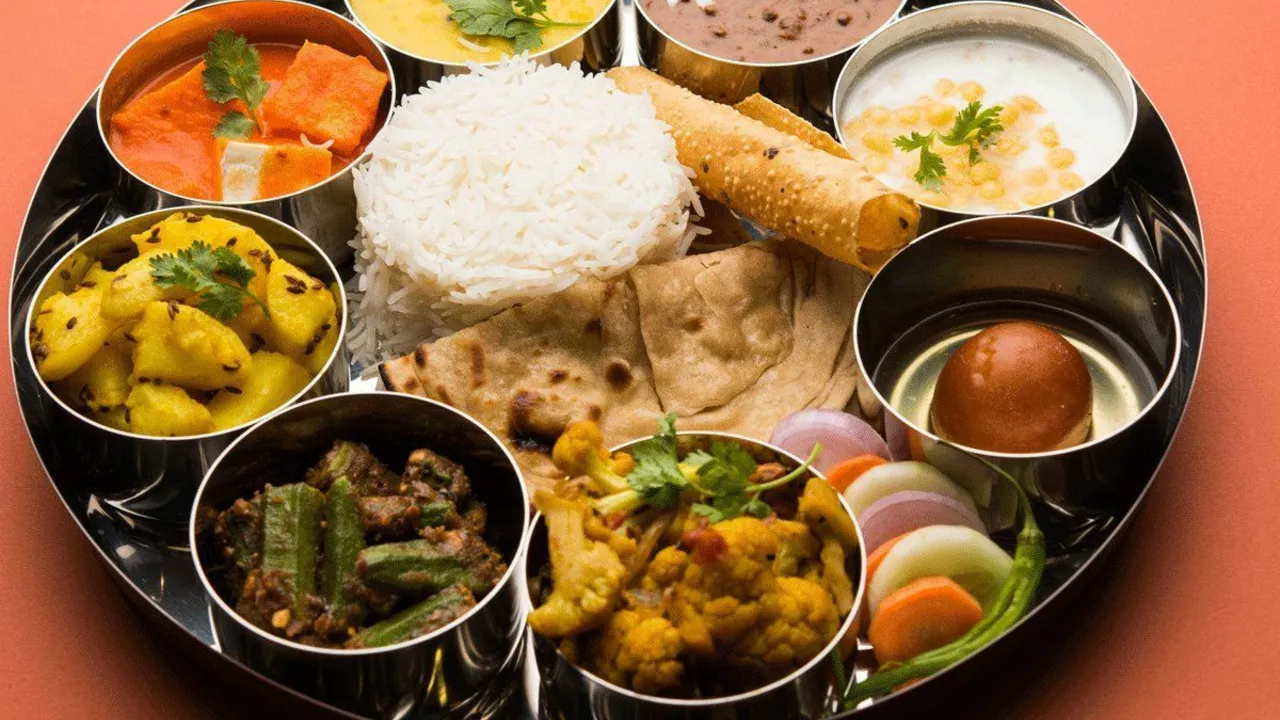North Indian Foods: Flavors, Dishes & Practical Tips
North Indian foods are bold, hearty and built for sharing. From butter-rich curries to flatbreads that soak up every drop of gravy, this cuisine focuses on strong spices, slow cooking and robust textures. If you want to cook or order the right dishes, knowing the signature tastes and a few simple tricks makes a big difference.
Start with the classics: butter chicken, dal makhani, chole (chickpea curry), sarson ka saag with makki di roti, and varieties of paratha. Each dish tells a regional story. Punjab is famed for creamy, tandoor-roasted flavors; Lucknow and Awadh bring subtle, slow-cooked gravies; Kashmir adds fragrant spices and dried fruit to make dishes rich and aromatic.
Key Flavors and Ingredients
Garam masala, cumin, coriander, turmeric and red chili powder form the backbone of many North Indian recipes. Yogurt and cream are used to mellow heat and add silkiness — think raita alongside spicy kebabs or malai-based sauces in curries. Ghee (clarified butter) is used for frying and finishing for a nutty aroma; don’t be shy to add a small spoon at the end for extra depth.
Whole spices like cardamom, cloves and cinnamon often start the cooking by tempering in hot oil. This releases oils and gives a fragrant base. For smokier notes, try tandoor-style or charred onions and tomatoes blended into the gravy. Fresh coriander, mint and lemon lift heavy dishes and make them more balanced.
North Indian breads matter as much as the curries. Tandoori roti, naan, lachha paratha and stuffed parathas are not just sides — they are tools for scooping and mixing flavors. For home cooks, cooking paratha on a cast-iron or non-stick pan with a little oil gives great results without a tandoor.
Quick Meal Ideas & Storage Tips
Short on time? Make a quick dal tadka with yellow lentils, tempered garlic and cumin — ready in 25–30 minutes. Paneer bhurji (scrambled paneer) pairs well with toasted bread or roti for a fast protein-rich meal. Save leftover curries in airtight containers and reheat gently with a splash of water or cream to restore texture.
Freezing works well for gravies and cooked legumes. Freeze in portion sizes to defrost only what you need. Parathas freeze and reheat on a hot pan; separate each with parchment so they don’t stick. For fresher taste, keep chutneys and raitas refrigerated and use within 3–4 days.
When you eat out or order in, choose dishes by spice level and richness. Ask for less oil or cream if you prefer lighter food. Try sharing plates so you can taste a mix of breads, curries and sides without overeating. Small changes make dining more enjoyable and authentic without being heavy.
Don't miss street food: chaat, golgappa/pani puri, aloo tikki, kathi rolls. Pair with lassi or masala chai. For healthier choices, opt for tandoori or grilled items, lentil-based dishes, and vegetable sabzis. When shopping, buy whole spices and grind small batches. Store spices in airtight jars away from light. Freshly ground spices boost flavor instantly. Try smoky kasuri methi in dals and butter chicken. Enjoy the bold flavors.

Why are North Indian foods so spicy?
Ladies and gents, ever wondered why North Indian food makes you feel like a fire-breathing dragon? Well, it's because the region is hotter than a Bollywood dance number, and the spices help cool you down, believe it or not! Plus, with an abundance of spices readily available in their backyard, North Indians naturally spice it up to jazz their dishes. So, instead of feeling like you're in a hot chilli eating contest, embrace the heat, and let the flavors play hide and seek with your taste buds. Remember, every spice-laden bite is North India's way of saying "Namaste" to your palate, so enjoy the ride, my friends!
Categories
- Social Issues in India (3)
- Sports (3)
- Business & Markets (2)
- Weather & Climate (2)
- History and Politics (1)
- Quick and Easy Indian Breakfast Recipes (1)
- Food and Culture (1)
- Road Safety & Transportation (1)
- Cultural Experiences/Travel & Living Abroad (1)
- Technology Reviews (1)
Popular Articles

